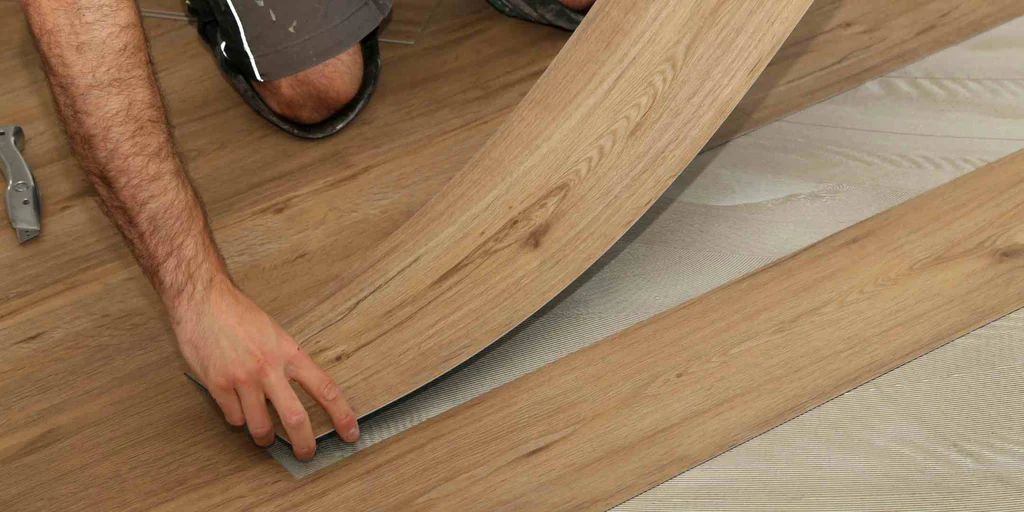There are many elements that make a room look elegant. Using natural elements like twigs and feathers can add the finishing touch to a room. They give the impression that an interior designer spent time and money on the room. You don’t have to be able to hire an interior designer to create a beautiful space, but you can use color, texture, and statement furniture to create a warm, inviting atmosphere.
Home interior design is a rewarding career that can involve working with different clients and creating unique designs. As a home interior designer, you’ll be able to translate the personality of clients into the look of their homes. Many of these professionals work for large design firms and in areas that have a thriving residential market.
There are many different types of home interior design, including traditional, modern, and transitional styles. Transitional designs blend traditional and modern elements into a cohesive design. This style is a good middle ground between styles and allows you to use both modern and traditional furniture and fabrics. In transitional interiors, you can use simple accessories like throw pillows and blankets to accentuate a room’s design and make it feel more comfortable and inviting.
If you’re not ready to hire a professional interior designer, you can use a free design app like HomeByMe. This software allows you to see your designs through the end-to-end process and allows you to use actual products. It’s easy to use, inexpensive, and in many cases free.
Modern home interior design has evolved over the last century. It’s important to keep in mind the period in which you’re planning to remodel the room. Modern home interior design has come a long way since the early days of Victorian design. The Victorian era had a number of notable and influential designers. The Institute of British Decorators was founded in 1899, and by 1915, there were around 200 members. This was considered to be the most productive interior design partnership. The pair is often credited as the father of transitional style and celebrated for their mastery of glamor and function.
Traditional home interior design draws influence from European styles. These homes use a neutral color palette with pops of color from artwork. In addition, traditional homes do not have matching furniture pieces. Instead, the pieces should be coordinated and complement each other. Once you have chosen the focal point, you can start adding supporting pieces that will help you achieve the look you desire.
In ancient times, architects and designers often doubled as interior designers. In 17th-century India, for example, architects often installed sculptures depicting ancient texts and events. In the medieval era, in contrast, wall art paintings were common in havelis. Although most of these homes have been converted to modern buildings, there are still about 2000 havelis that still display wall art paintings.





